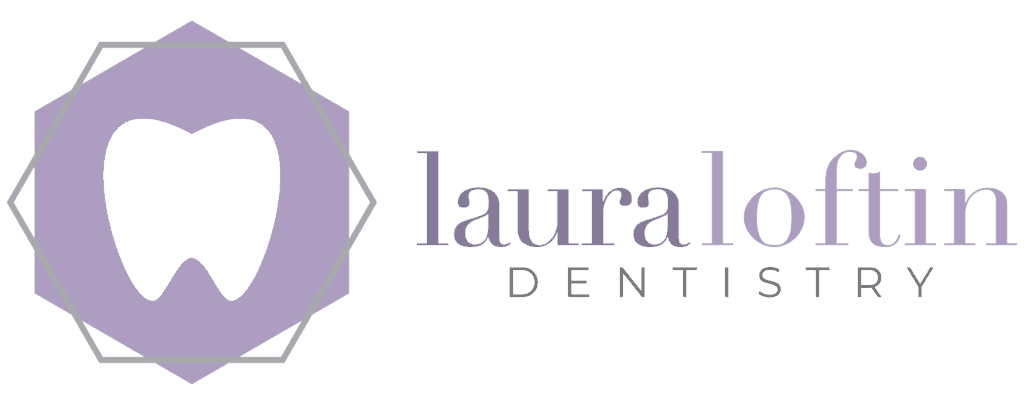White spots or stains form on teeth for a number of reasons. The good news is several treatments are available to address white spots on teeth. Parents can also take steps to prevent the most common cause of these unsightly spots before they appear. If you’ve got questions about white stuff on teeth, we’ve got answers!
What causes white spots on teeth?
A white spot on teeth can appear for various reasons. For example, people who eat highly acidic foods like certain citrus fruits or sugar-laden foods and beverages like candy and soda can develop white spots on teeth. When you consume a lot of acidic and sugary foods, the acid and sugar left behind on teeth can eat away at tooth enamel and cause white spots, especially if you don’t brush and floss your teeth regularly.
Poor dental hygiene can also cause white stains on teeth to appear when plaque builds up. Wearing braces compounds the problem, as it’s difficult to get at all of those nooks and crannies hiding behind the braces and properly clean teeth. That’s why some people find teeth white spots after an orthodontist removes their braces.
White spots may also result due to nutrient deficiencies. Ingesting an inadequate amount of certain minerals can lead to a condition known as enamel hypoplasia, where the teeth are covered with less enamel than normal and a white stain on teeth appears. If you sleep with your mouth open, you might also find a temporary white spot on teeth in the morning, which typically disappears when the mouth is hydrated again.
What is the most common cause of white spots on teeth? Fluorosis
At Dr. Laura Loftin’s Fort Worth dental practice, fluorosis is the most common reason people come in with a white spot on tooth complaint. What is fluorosis? Overexposure to fluoride that is not controlled can cause fluorosis, which mostly occurs when adult teeth are developing in a child’s mouth and white spots develop under the gumline, where you don’t initially see them.
That’s why it’s so important for young children to use a toothpaste without fluoride. Dr. Loftin recommends completely avoiding fluoride before age three, then limiting the amount of fluoride used between ages 3 and 6.
Parents should also teach children not to swallow toothpaste when brushing their teeth. Adult teeth continue to grow in up until about age 12 (except for wisdom teeth), so limiting the amount of fluoride your child ingests—from fluoride in toothpaste, mouthwash and tap water—can help prevent the white marks on teeth that fluorosis leaves behind.
How do you treat white spots on teeth?
An ounce of prevention is worth a pound of cure, so along with minding children’s fluoride intake, eating a healthy diet low in sugary and acidic foods is a great place to start. A well-balanced diet of healthy, unprocessed, nutrient-rich foods can also help.
And how many times should you brush your teeth a day to avoid plaque build-up that can cause white spots on teeth? At least twice a day, says Dr. Loftin. Patients considering braces may want to find out if removable clear aligners would work just as well for them. (Learn more about clear aligners on our Invisalign Fort Worth page.)
If you are dealing with a white spot on teeth situation that needs tending to, your dentist has several treatment options in her arsenal. Treatments for spots or white stains on teeth may include:
For children, a controlled fluoride treatment at the dentist’s office.
Dr. Loftin applies a controlled amount of fluoride—often referred to as a “fluoride varnish”— on children’s teeth following a dental cleaning and applies extra fluoride on any white spots afterward. The treatment reverses the “process” or appearance of white spots in most cases (about 75% of patients). Dr. Loftin recommends all children come in for a “fluoride varnish” every six months.
Tooth polishing and bleaching.
If the spots aren’t deeply embedded in the teeth, superficial tooth polishing may resolve the issue. Bleaching is another option, where the dentist performs a teeth whitening treatment to whiten the rest of the teeth up to the same level of whiteness as the white spots.
Drill and fill.
For deeper white spots, the dentist can apply a numbing agent, drill out the white spot and put a filling in the area that matches the color of the rest of the tooth. The filling material does stain over time, so you may have to replace it after several years.
Veneers.
If the patient feels the appearance of the white spots on her teeth is severe, the dentist could adhere a porcelain veneer over the tooth as another option. A good dentist will order a veneer that matches the shape and color of the patient’s other teeth.
Wondering how to treat white marks on teeth?
If you live near Fort Worth, Dr. Laura Loftin would be happy to meet with you to discuss the options for removing the white spots on your teeth. Dr. Loftin is a family and cosmetic dentist Fort Worth-based, who provides dental services to both children and adults. She’d love to help you achieve the beautiful smile you desire!
To schedule a consultation with Fort Worth dentist Dr. Laura Loftin, please call our office at (817) 429-4444.


